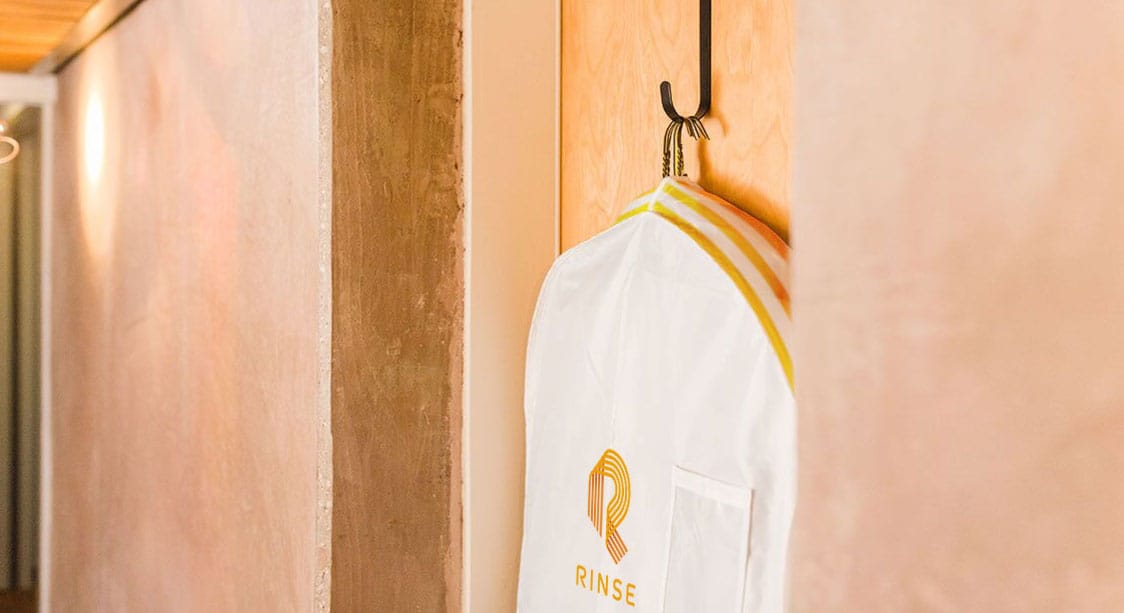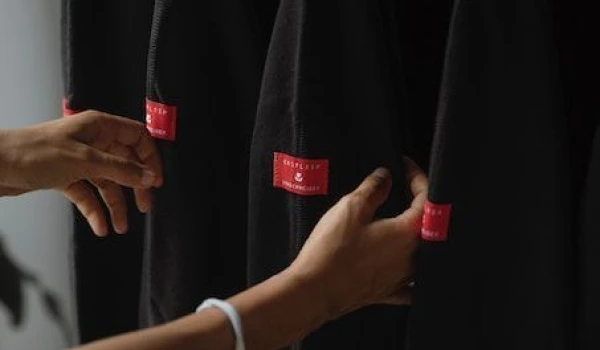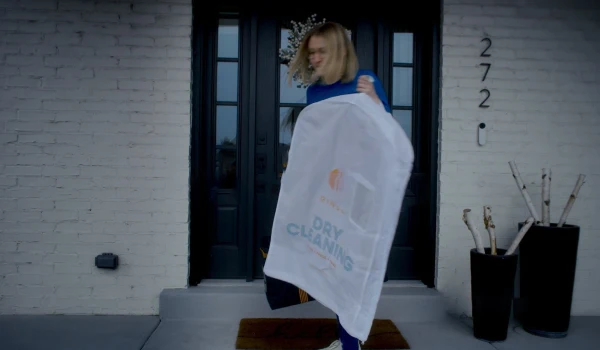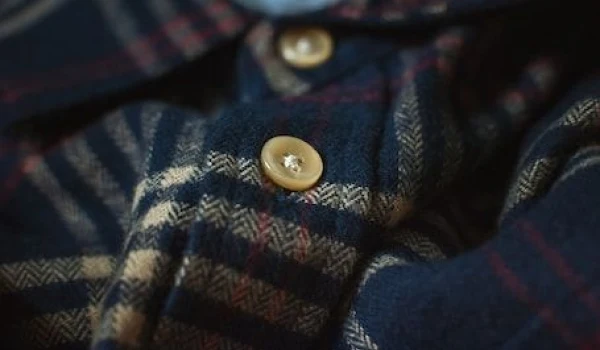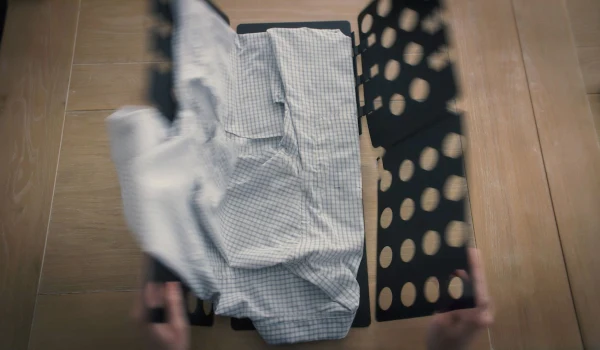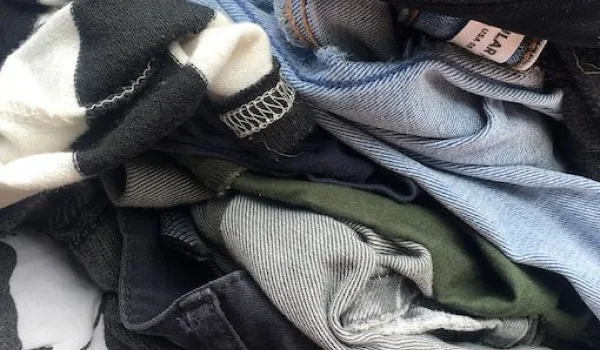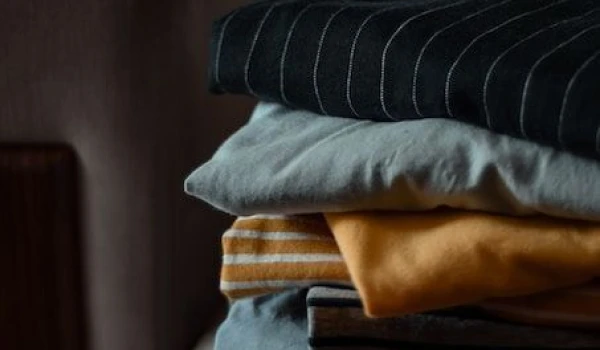Why do we wear socks? Chances are socks were first created for the simple fact of protecting our feet from cold weather and debris. Unless you’re lucky enough to live in a climate that supports year-round warm weather you most likely wear socks to keep your feet warm and prevent chafing the majority of the year. And if you’re like most people you have a dedicated sock drawer full of dress socks, low cut socks, high socks, crazy socks, lonely mismatched socks...you name it!
It’s amazing how something as simple as a sock offers so many choices and variation. Let’s take a look at the evolution of the sock through the ages from ancient civilizations to today.
Ancient Civilizations And The First Knit Stockings
Ever since the days of the caveman, we have been wearing versions of the modern sock. Ancient civilizations such as the Greeks and Romans both adopted their own versions using animal skin or leather and often tied them around their ankles to hold them in place. The first knit stockings were first discovered in an Egyptian tomb that dates back to c.1000 CE and was most likely worn with their version of sandals. Fashion faux pas!
Socks similar to those worn in ancient Egypt c.1000 CE - Source Link
Socks As A Status Symbol And The Beginning Of The Modern Day Sock
As societies progressed knit stockings became more popular, but they were still for the privileged and rich, in particular with Europeans. Since stockings were seen as a sign of nobility their manufacturing was kept a guild secret for many years.
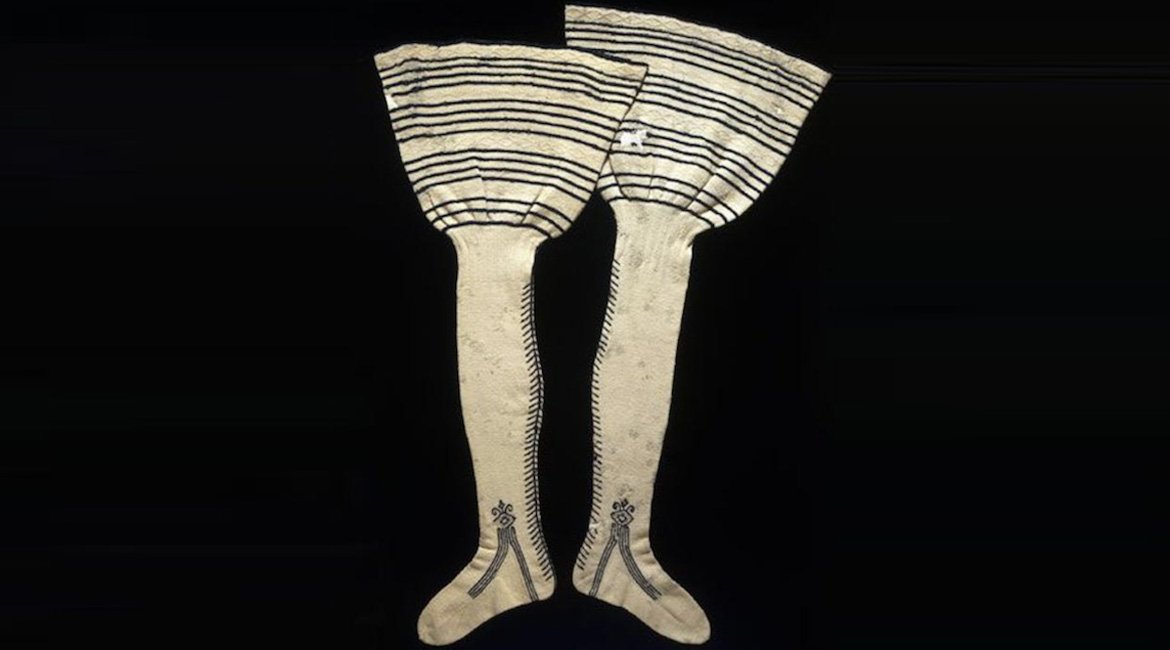
European stockings, the mid-1500s
Englishman William Lee (of Nottingham) first invented the knitting loom in the year 1589, which made knit fabrics easier to manufacture. France’s King Henri IV provided financial backing and William Lee relocated to France to establish a stocking factory. Around the time of the Industrial Revolution socks, which were mostly still made of wool, became easier and cheaper to manufacture and began to spread more rapidly throughout Europe.
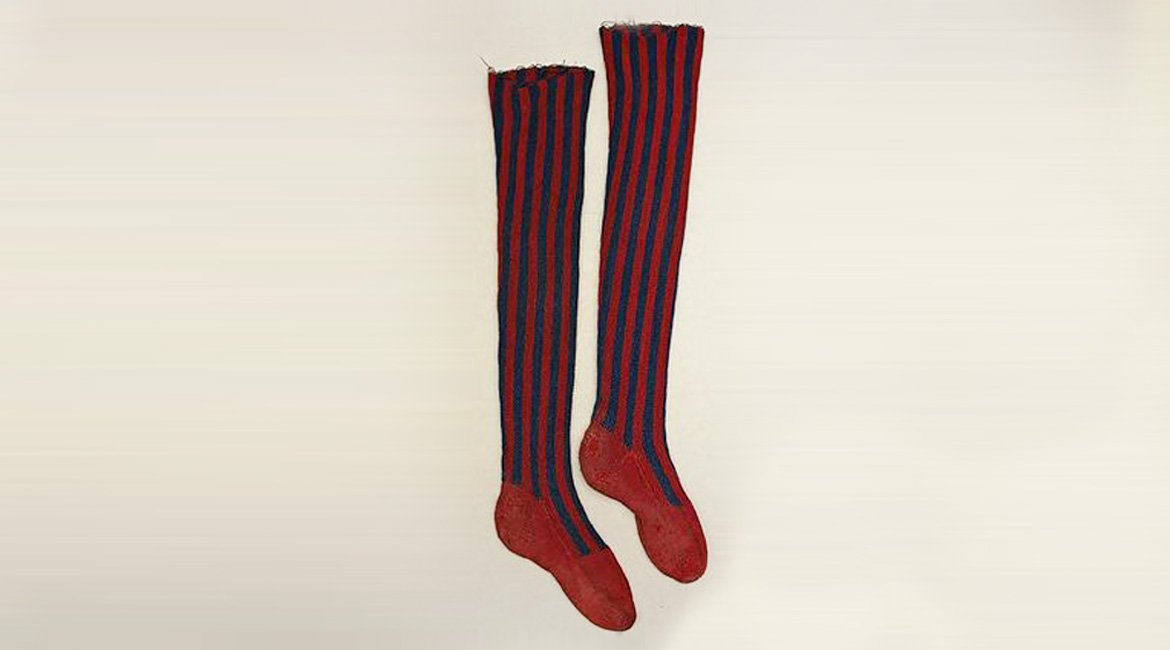
A pair of 18th-century socks featuring a stripe pattern - Source Link
The sock took on many lengths and patterns and designs were added. Cotton became the fabric of choice around the 17th century, but otherwise, there was not much innovation across several centuries.
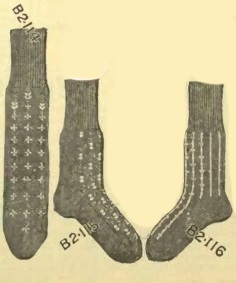
Men’s dress socks made of cashmere from 1906 - Source Link
Men wearing argyle and patterned socks from the 1920s - Source Link
Tall socks from the 1950s - Source Link
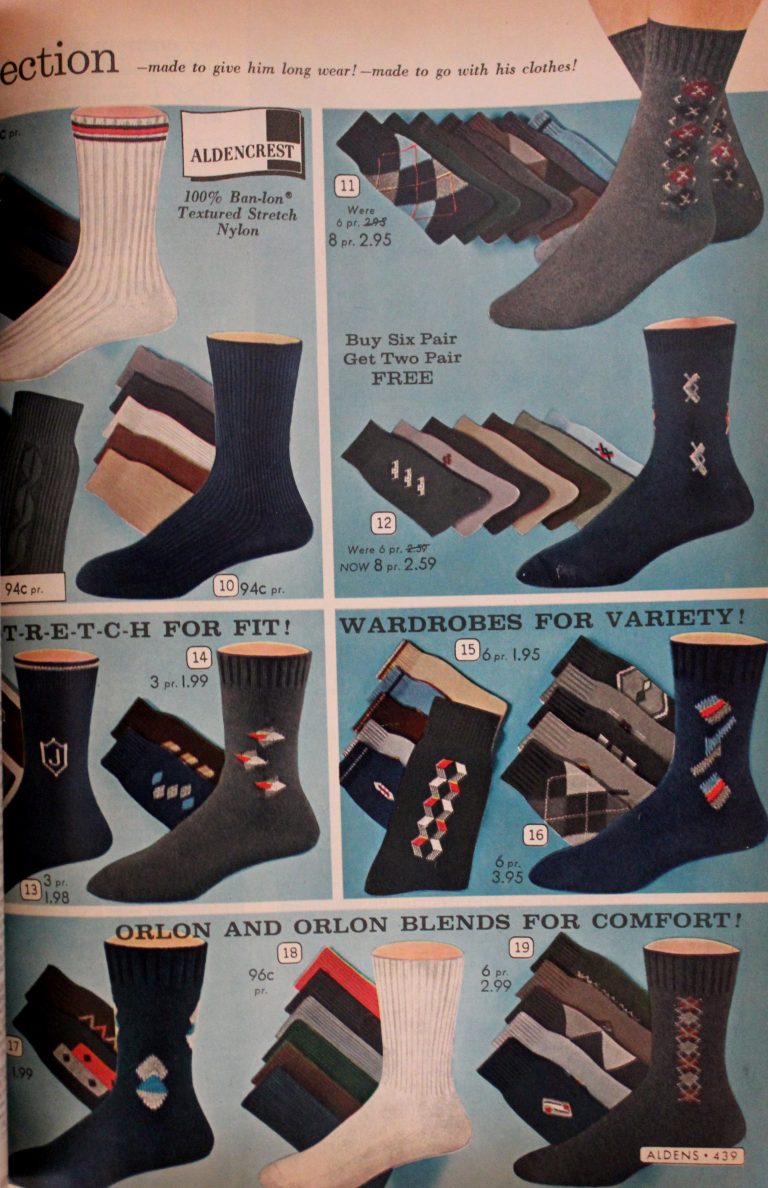
Mid-length socks (over the ankle) from the 1960s - Source Link
Socks Today
Around 1938 nylon was invented, which added elasticity to socks and many socks today are still made of nylon. Much like the 1920s-1960s, today has seen a resurgence of socks that feature more color and bolder designs and patterns. The sock is made of cotton, spandex, wool, polyester, nylon and more. There certainly is not a shortage when it comes to options!
Happy Holidays and Happy Rinsing!
Over the next twelve days, we'll be hosting #12DaysofRinsemas on all social media. Be sure to follow us on Facebook, Twitter, and Instagram to win prizes daily! Check out our day 1 prize here!


